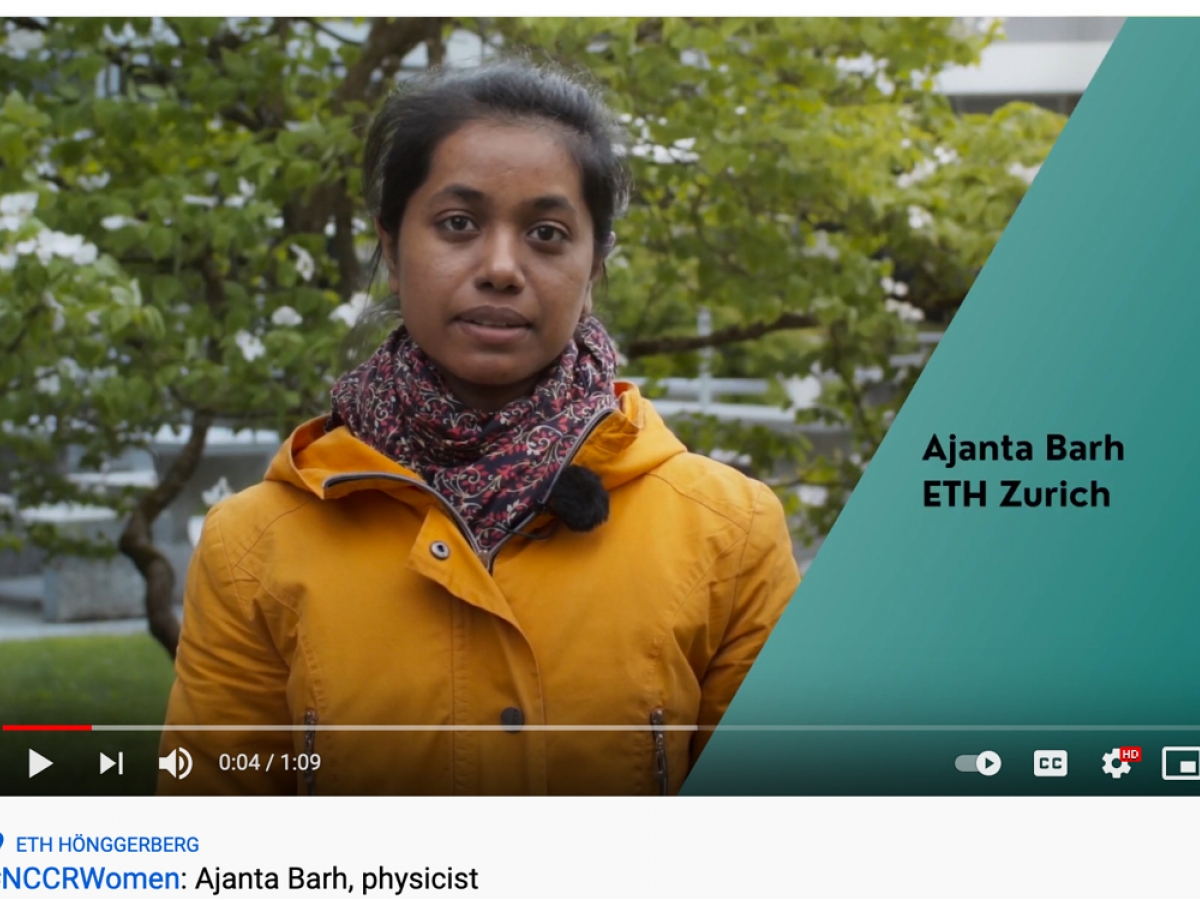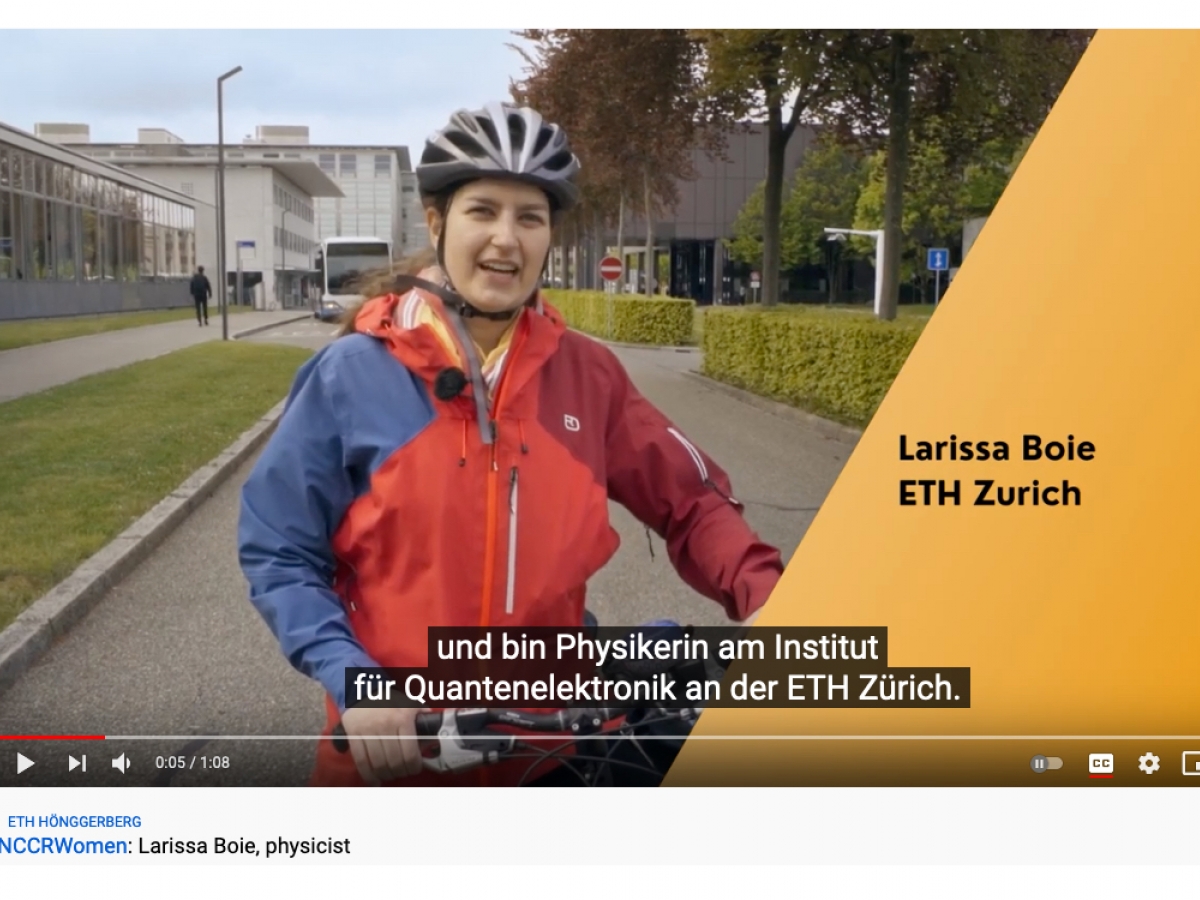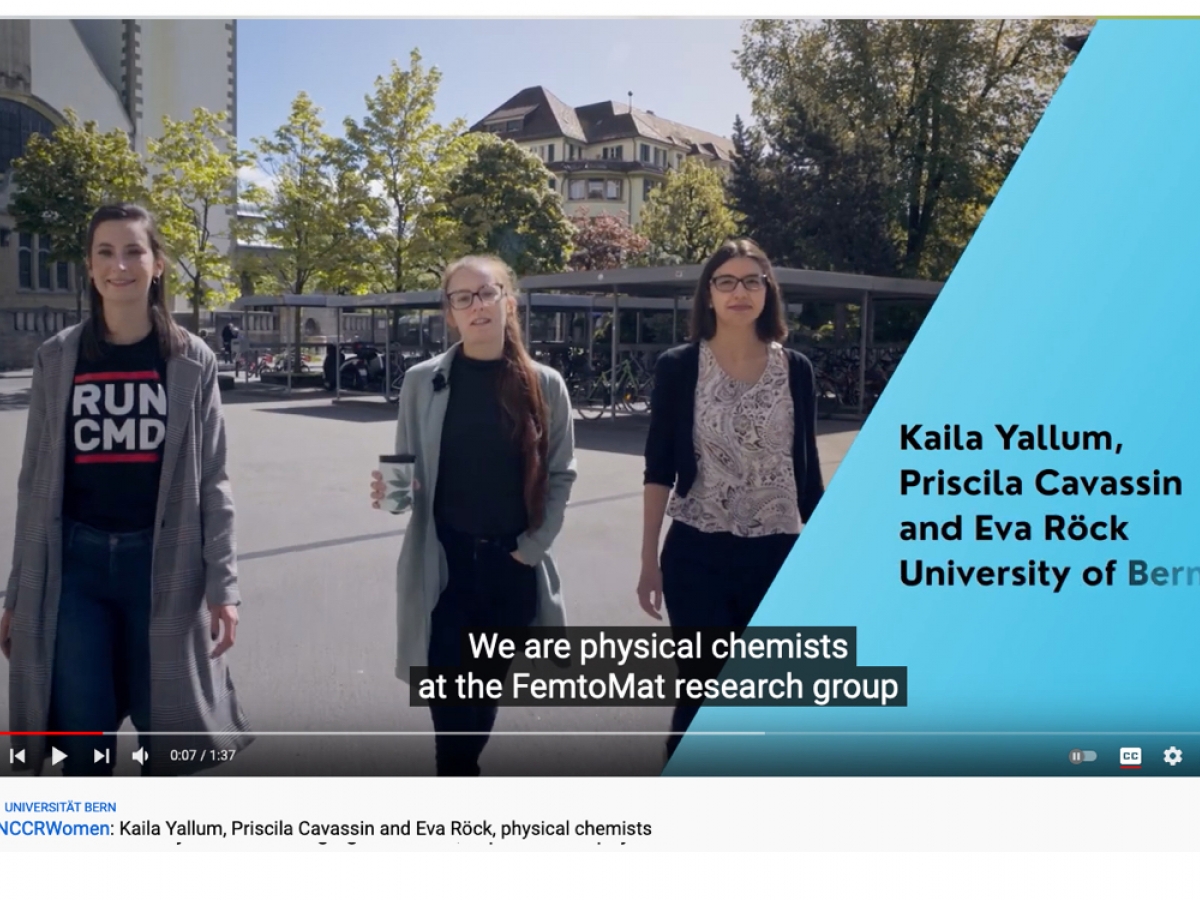About NCCR MUST
The NCCR MUST (Molecular Ultrafast Science and Technology) is an interdisciplinary research program launched by the Swiss National Science Foundation in 2010. It brings together 26 Swiss research groups working in Ultrafast Science across the fields of physics, chemistry, material science and biology. Our themes are:- Watching atoms and electrons in molecules and solids at work
- Observing the fastest processes in nature
- Controlling atomic and electronic motion















MUST scientists create new experimental and theoretical tools and to apply them to unravel the fastest processes in the physics and chemistry of natural and manmade matter. Experimental tools rely on ever-shorter sources of electromagnetic radiation, be it ultraviolet, visible, infrared or even bursts of X-rays. Currently, we are witnessing further huge steps forward in these technologies. New sources of femtosecond X-ray pulses, such as the slicing scheme at synchrotrons, or the X-ray free electron laser (XFEL), are built or planned - one of them at the PSI (SwissFEL). Electron diffraction reaches ultrafast time scales, techniques similar to NMR are extended into the IR and UV/VIS spectrum, attosecond pulses of light bring us to the time scales of electron motion, and intense THz pulses allow for direct excitation of structural modes. Improved, and even novel, theoretical tools emerge from constantly growing computational capabilities, which in turn enable us to tackle previously unsolved problems.
In Switzerland every modern aspect of Ultrafast Science is covered by the MUST network and Swiss researchers are among the leaders in the field. The research goals of MUST include examining the structural dynamics of the building blocks in nature, and how changes in structure are related to function. Moreover, MUST will shed light on the role of electrons, specifically the rearrangement of the electron density during changes in structure. MUST will also try to measure how fast electrons are transported within molecules to tackle problems related to electron transport.
Such science is fundamental in nature but relates strongly to a number of major challenges which our society faces. A detailed understanding of the structural dynamics of molecules will help developing alternative sources of energy, synthesizing complex drugs, or designing electronics in the post-Moore’s law era.
The NCCR MUST network is developing outreach projects to promote science in schools, and activities to promote the recruitment, retention and advancement of women in science.
In Switzerland every modern aspect of Ultrafast Science is covered by the MUST network and Swiss researchers are among the leaders in the field. The research goals of MUST include examining the structural dynamics of the building blocks in nature, and how changes in structure are related to function. Moreover, MUST will shed light on the role of electrons, specifically the rearrangement of the electron density during changes in structure. MUST will also try to measure how fast electrons are transported within molecules to tackle problems related to electron transport.
Such science is fundamental in nature but relates strongly to a number of major challenges which our society faces. A detailed understanding of the structural dynamics of molecules will help developing alternative sources of energy, synthesizing complex drugs, or designing electronics in the post-Moore’s law era.
The NCCR MUST network is developing outreach projects to promote science in schools, and activities to promote the recruitment, retention and advancement of women in science.

 Ursula Keller wins “Swiss Nobel” Marcel Benoist Prize
Ursula Keller wins “Swiss Nobel” Marcel Benoist Prize Farewell: the NCCR MUST ended
Farewell: the NCCR MUST ended  MUST2022 Conference
MUST2022 Conference New scientific highlights
New scientific highlights FELs of Europe prize for Jeremy Rouxel
FELs of Europe prize for Jeremy Rouxel Ruth Signorell wins Doron prize
Ruth Signorell wins Doron prize New FAST-Fellow Uwe Thumm at ETH
New FAST-Fellow Uwe Thumm at ETH International Day of Women and Girls in Science
International Day of Women and Girls in Science New scientific highlight
New scientific highlight EU XFEL Young Scientist Award for Camila Bacellar,
EU XFEL Young Scientist Award for Camila Bacellar, Prizes for Giulia Mancini and Rebeca Gomez Castillo
Prizes for Giulia Mancini and Rebeca Gomez Castillo Nobel Prize in Chemistry awarded to RESOLV Member Benjamin List
Nobel Prize in Chemistry awarded to RESOLV Member Benjamin List Hans Jakob Wörner invited to give the „New Horizons Solvay Lectures”
Hans Jakob Wörner invited to give the „New Horizons Solvay Lectures”  Unusual keynote talk at an international scientific conference
Unusual keynote talk at an international scientific conference NCCR MUST at Scientifica 2021
NCCR MUST at Scientifica 2021